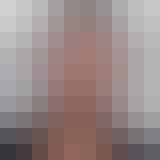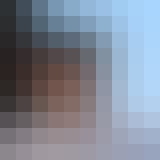This course is for activists, artists, and thinkers who wish to better understand and participate in social change. We will focus on the prolific and exciting overlap between socially engaged art and cultural practices generated by recent social movements around the world. Rather than assess the political efficacy of activities like mourning, listening, organizing, dancing, or partying, the lectures examine such cultural activities next to, and within, contemporary art practice. Included in the course are guest presentations by key artists, activists, and scholars, like: Rebecca Gomperts, Chido Govera, Gulf Labor, Hans Haacke, Sharon Hayes, Jolene Rickard, Gregory Sholette, Joshua Wong, and many more. Designed by artist and Duke professor, Pedro Lasch and co-taught by Creative Time artistic director, Nato Thompson, the course challenges learners to treat the MOOC itself as a social and artistic form. This happens mostly through the practical components, local project productions, global exchanges, and critical feedback. While no prior art making or activist experience is required, projects also offer challenging options for advanced learners. For other course offerings or language versions in this series, just search 'ART of the MOOC' inside the Coursera course catalogue.
Jolene Rickard

Reviews
4.5 (140 ratings)
- 5 stars70%
- 4 stars18.57%
- 3 stars6.42%
- 2 stars4.28%
- 1 star0.71%
LM
Jun 29, 2020
I plan to go back and rewatch some guest lessons and look at the materials in the future.
SB
Jul 7, 2018
Exciting, different & eye-opening. Innovative assessment strategy (once it opens)!
From the lesson
Aesthetics, Art History, and Cultural Institutions - Lectures, Guest Presentations, and Quiz
Just as recent social movements have transformed contemporary art and culture, activists have relied on ideas developed in more specialized cultural circles, sometimes without knowing it. Starting with an exploration of the ways in which socially engaged public art has been included and excluded from particular narratives, theories, institutions, and events, we will use this lesson to follow social practices as they question conventional art and art history. As we do so, students will be invited to create projects that directly engage with Cultivating, Farming, Cooking, or Eating—activities that are fundamentally social but traditionally seen to contradict serious artistic production.
Taught By

Nato Thompson
Chief Curator

Pedro Lasch
Visual Artist and Associate Research Professor
